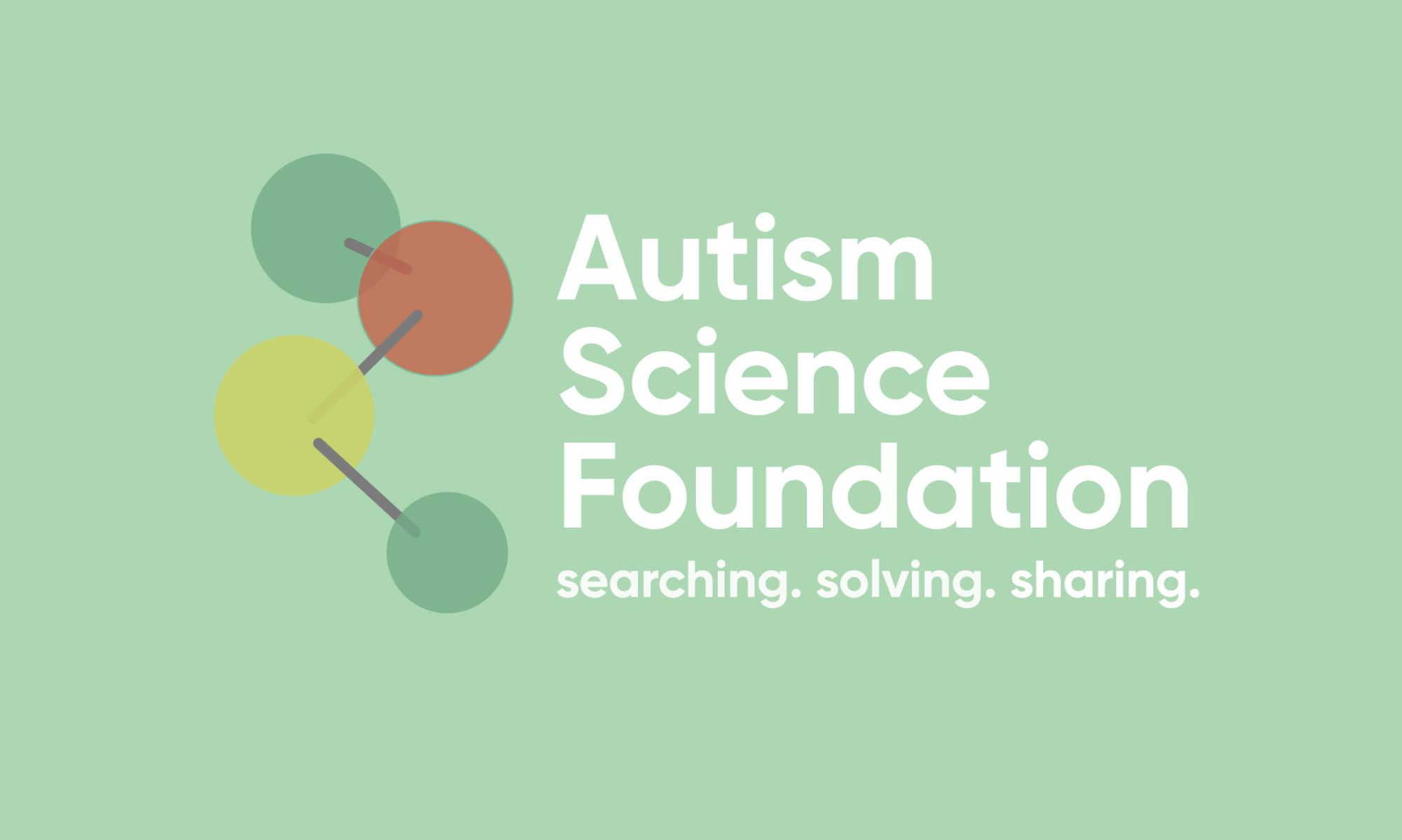Podcast: Play in new window | Download
Subscribe: RSS
Using resources from the Autism BrainNet, researchers from UC Davis show specific brain changes in an area called the amygdala in autism. The amygdala is associated with fear, emotion and anxiety in people with autism. But because they can look at the brain directly, the actual number of neurons in the amygdala can be counted not just in one individual, but in over 50 individuals across ages 2 to 50. This remarkable study showed that too much activity in the amygdala early may lead to impaired function later on. This could be caused by too many neurons which are present early on in life in people with ASD, and reflected by fewer neurons later on in life. These difference can only be detected through looking directly at brain tissue. To learn more, register for the Autism BrainNet at www.takesbrains.org/signup.
Here is a link to the paper: http://www.pnas.org/content/early/2018/03/19/1801912115.long
Dr. Avino will be answering questions about this paper on a Q&A on April 9, 2018 – please register here: https://register.gotowebinar.com/register/7051754498195523073
